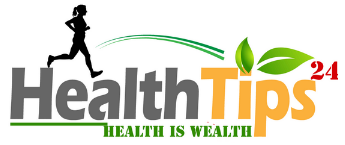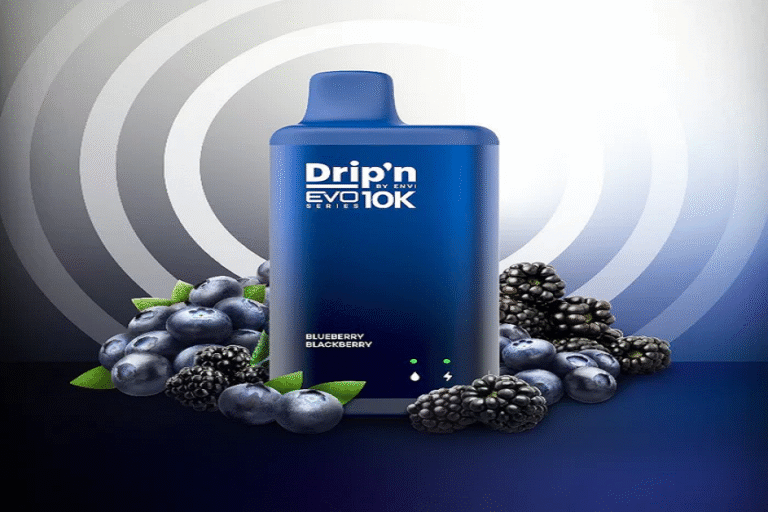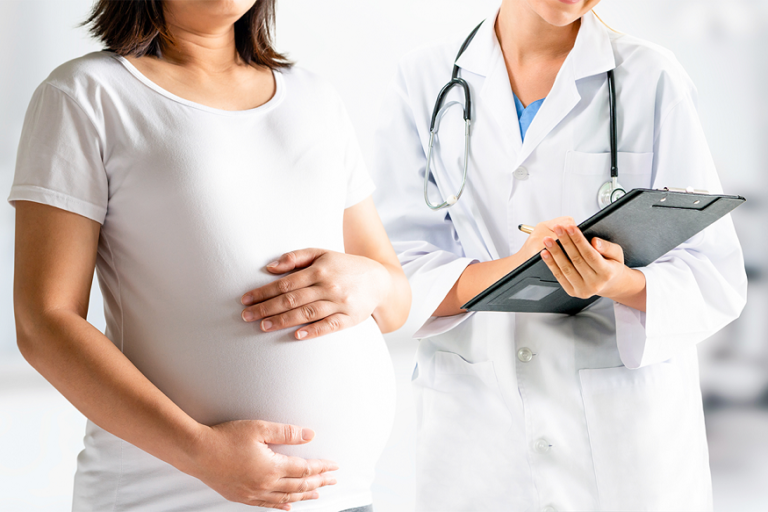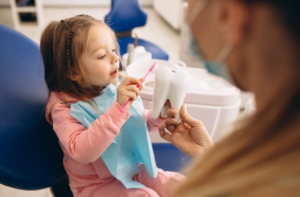Using Masks as a Source Control Measure
Using a mask as a source control measure means wearing a mask to protect others. This prevents the spread of the COVID-19 virus and other viruses by acting as a barrier, capturing infectious droplets that the person wearing the mask can exhale.
COVID‑19 can be transmitted by people who have no symptoms (this is called asymptomatic transmission). Therefore, it may be a good idea to ask people to wear a mask even if one has no symptoms.
When using masks as a source control measure, you must consider the effectiveness of the mask for this purpose. Masks with unfiltered exhalation valves should not be used in situations where source control is important.
Universal mask wearing
Masks work best when everyone is wearing them. Universal mask wearing means everyone must wear a mask at all times. This applies regardless of the ability to maintain a two meter distance from others.
Universal mask wearing reduces the amount of virus that can be emitted into the air. This is an important and effective control measure, both indoors and in other common enclosed spaces such as vehicles and tents. Wearing a mask is even more effective when combined with adequate ventilation.
If your workplace uses universal mask wearing:
Wearing a mask as personal protective equipment ( PPE )
A mask may also be worn to protect the user even if there are no legal requirements for the use of PPE in the particular situation.
For COVID‑19, masks can help prevent droplet transmission, regardless of size.
A PPE mask for the prevention of large droplet transmission acts as a barrier to prevent droplets from reaching the mouth and nose of the person wearing the mask. This can be important when people need to come within two meters of other people who are not wearing a mask.
Both surgical/procedure masks (approved by ASTM or equivalent standard) and respirators can perform this function effectively. Respirators include those that are NIOSH or CSA approved (like the N95 filter mask) or meet international standards (like the KN95 and KF94 masks).
A PPE mask intended to prevent the transmission of aerosols (small droplets) filters aerosols from the air inhaled by the user.
When exposure to the COVID-19 virus is known, for example through interaction with a symptomatic person or people who have tested positive for COVID-19, PPE likely includes an appropriate, tested respirator mask (such as a NIOSH -approved N95 filter mask ).
There is evidence that a properly fitted surgical/procedure mask can provide some protection to a wearer in a situation where the risk of aerosol exposure is quite low, such as in spaces where universal mask wearing is in place or in well-ventilated spaces that are not crowded.
A respirator will provide better protection in situations where a person may be exposed to large amounts of airborne COVID-19 virus.
As PPE , masks prevent transmission through the nose and mouth. While these are important entry points through which people can become infected with COVID-19, other PPE , such as goggles, may be needed to reduce the risk to workers.












+ There are no comments
Add yours